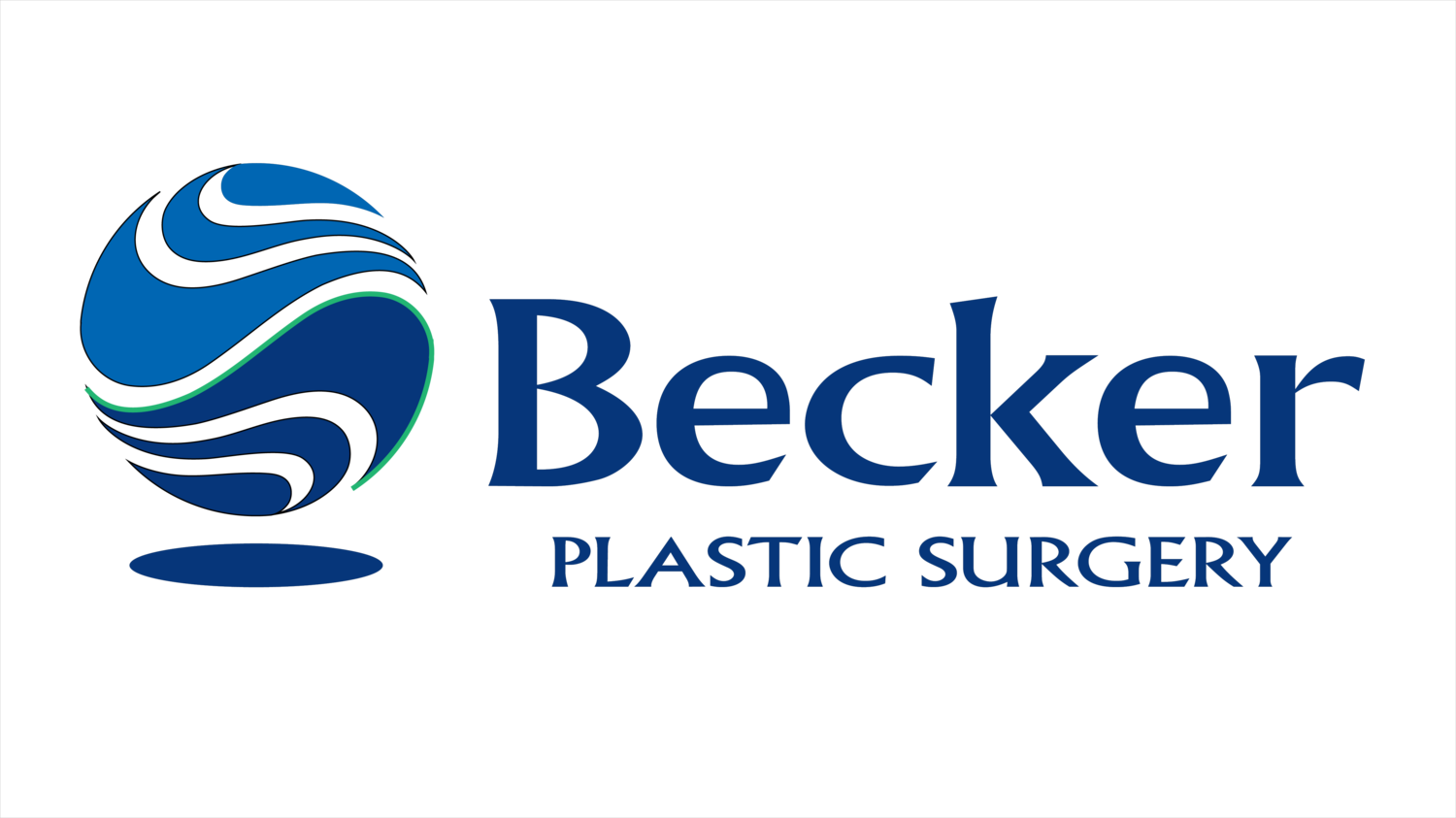Inverted-Nipple Repair Information
Qualifications
In general, good candidates for inverted-nipple repair:
Aren't pregnant or breastfeeding
Are old enough to have fully-developed breasts
Have nipples that cannot or only moderately project, so that milk ducts are compromised for breastfeeding
Are healthy and do not have medical conditions that impair healing
Are nonsmokers
Have a positive outlook and realistic expectations
Preparation
In preparing for an inverted-nipple repair, you may be asked to:
Get lab testing or a medical evaluation
Take certain medications or adjust your current medications
Stop smoking
Avoid taking aspirin, anti-inflammatory drugs, and herbal supplements because they can increase bleeding and bruising
Arrange for a friend or family member to drive you to and from surgery and to stay with you the first night following surgery
Recovery
Recovery is relatively quick, lasting just a few days. Minor swelling and/or bruising can occur, but any discomfort is easily controlled with over-the-counter pain medication. Patients can usually resume normal daily activities 2 days following their procedure.
Although infrequent, the risks and complications of inverted-nipple repair include:
Infection
Loss of sensation
Inability to breastfeed
Partial correction
Recurrence of inversion
